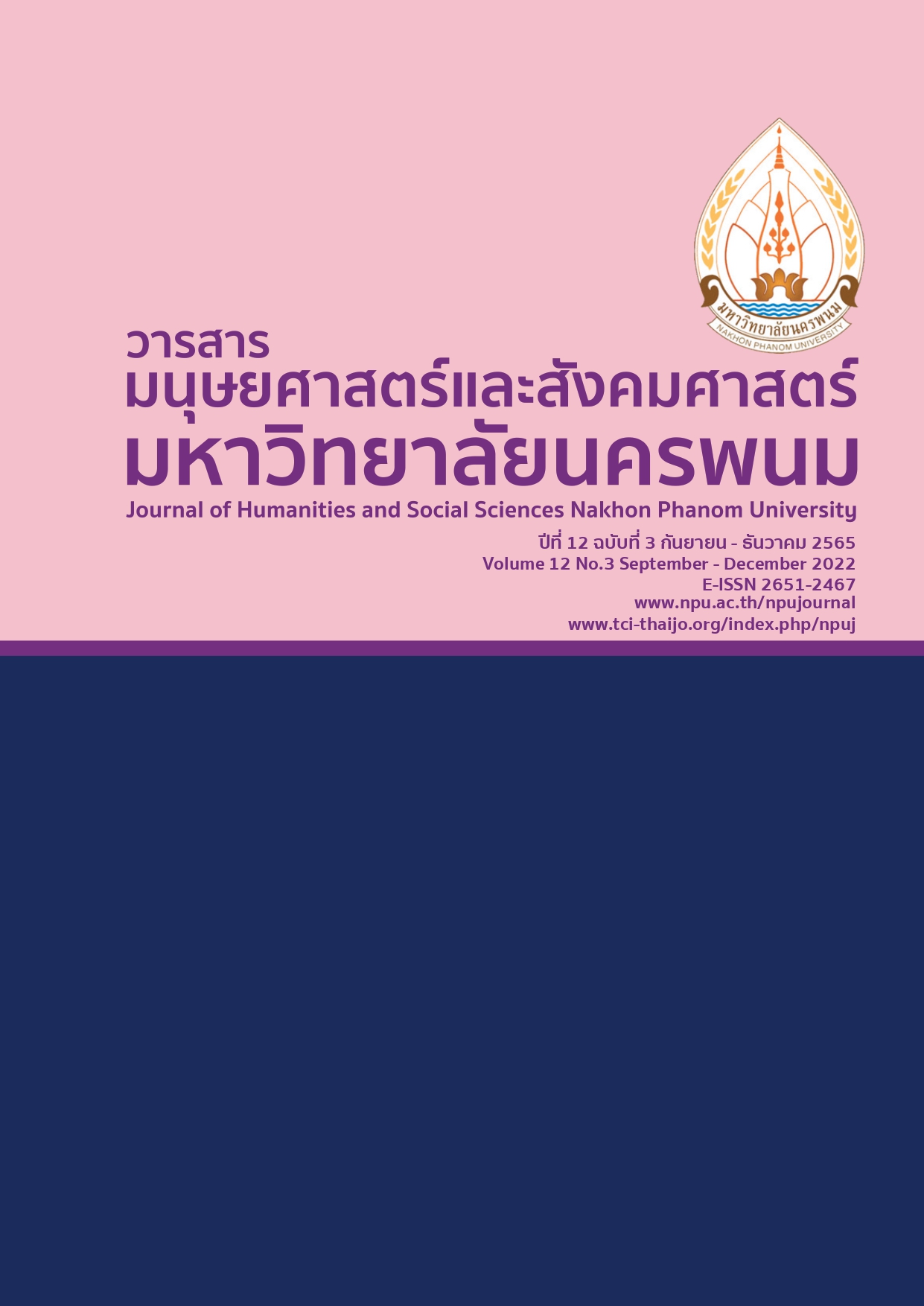การวิเคราะห์องค์ประกอบเชิงยืนยันการจัดการนวัตกรรมองค์การ ของโรงเรียนวิทยาศาสตร์ในประเทศไทย
Main Article Content
บทคัดย่อ
การวิจัยครั้งนี้มีวัตถุประสงค์เพื่อศึกษาองค์ประกอบและตัวบ่งชี้การจัดการนวัตกรรมองค์การของโรงเรียนวิทยาศาสตร์ประเทศไทย และเพื่อตรวจสอบความสอดคล้องกลมกลืนของโมเดลตัวบ่งชี้กับข้อมูลเชิงประจักษ์ เป็นการวิจัยเชิงสำรวจ เครื่องมือที่ใช้ในการเก็บรวบรวมข้อมูล คือ แบบสอบถามมาตรประมาณค่า 5 ระดับ มีความตรงเชิงเนื้อหา อยู่ระหว่าง 0.60-1.00 มีค่าความเที่ยงทั้งฉบับเท่ากับ 0.79 ศึกษาจากกลุ่มตัวอย่างเป็นผู้บริหารและครูของโรงเรียนวิทยาศาสตร์จุฬาภรณราชวิทยาลัยทั้ง 12 แห่งทั่วประเทศ จำนวน 420 คน ได้มาโดยการสุ่มแบบหลายขั้นตอน วิเคราะห์ค่าสถิติพื้นฐานและวิเคราะห์องค์ประกอบเชิงยืนยัน ด้วยโปรแกรม IBM SPSS Statistics และโปรแกรม Mplus 7 ผลการวิจัยพบว่า 1) การจัดการนวัตกรรมองค์การอบ ได้แก่ 1. การจัดการโครงสร้างยืดหยุ่น 2. การจัดการนโยบายนวัตกรรม 3. การจัดการความรู้ 4. การสร้างวัฒนธรรมเชิงนวัตกรรม และ 5. เครือข่ายนวัตกรรม 2) โมเดลตัวบ่งชี้การจัดการนวัตกรรมองค์การที่พัฒนาขึ้นมีความสอดคล้องกลมกลืนกับข้อมูลเชิงประจักษ์ โดยมีค่า χ 2 =74.32, Df=57, P-Value =0.06, RMSEA=0.02, SEMR =0.03, CFI = 0.99 และ TLI =0.98
Article Details

This work is licensed under a Creative Commons Attribution-NonCommercial-NoDerivatives 4.0 International License.
References
Adair, J. E. (1996). Effective Innovation: How to Stay Ahead of the Competition. London: Pan Books.
Alice Lam (2021). Innovative Organizations: Structure, Learning and Adaptation. Retrieved June 2021, from https://www.bbvaopenmind.com/en.
Chankrapho, M. and Chianwatthanasuk, K. (2019). the authentic leadership role reinforcing staff’s work-life integration: a positive psychological capital perspective. journal of Graduate School of Commerce Burapha Review, 15(1), 59-73.
Charoen Pokphand Group. (2019). Innovation Management. Annual Report 2019. Bangkok: Charoen Pokphand Group Co., Ltd.
Cronbach. (1970). The evolution of research. New York: Harper Colling.
Excellence in Science Education Bureau (ESEB). (2020). Strategic Planning Princess Chulabhorn Science High School 2020-2024. Bangkok: Office of the Basic Education Commission: OBEC Ministry of Education. Hair, J.F., Black, W. C., Babin, B.J., and Anderson, R.E. (2010). Multivariate Data Analysis. (7th ed.). New Jersey. Upper Saddle River: Prentice Hall.
Lertgrai, P., Navagitpaitoo,. N., Nillakan, L., and Saengae Saijun, K. (2019). Innovation Management For Organization Development. Journal of MCU Nakhondhat. 6(8),3746-3757.
Mckeown, M. (2008). The truth about innovation. New Jersey: Pearson Prentice Hall.
Namburi. S. (2019). Innovation and Administration. The Journal of Research and Academics, 2(1), 211-234.
Office of the Basic Education Commission. (2020). Education Management Information System. Retrieved November 16, 2020, from http://data.bopp obec.info/emis/index_area.php?Area_CODE=101731.
Paisalphanitkun, A. (2017). Innovative Organization: Concept, and Theoretical Model. NIDA development journal, 57(3), 158-187.
Somprach, K. (2019). Phāwa Phūnām kap Khunnaphāp Sathānsưksā [Leadership and School Quality]. Khon Kaen: KKU Printing.
Thawinkarn, D (2019). Sāt læ Sin Thāng Kān Bō̜rihān Kānsưksā [Science and Art in Educational Administration]. Khon Kaen: KKU Printing.
Viratchai, N. (1999). Mōdēn Litrēn : Sathit Wikhro̜ Samrap Kānwičhai [Linear Structural Relationship Model : LISREL Model Analytical]. (3rd ed.). Bangkok: Chulalongkorn University Press.

